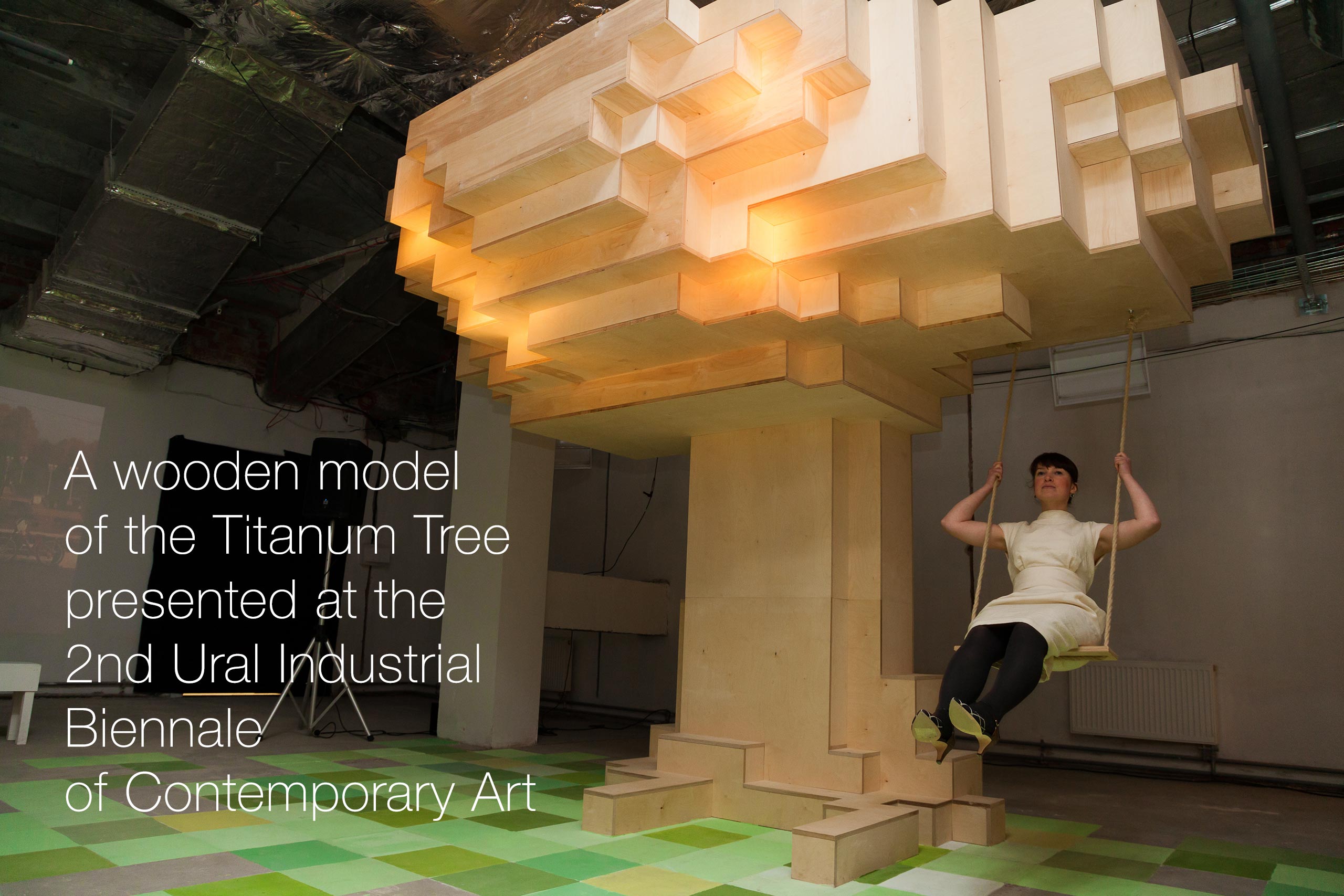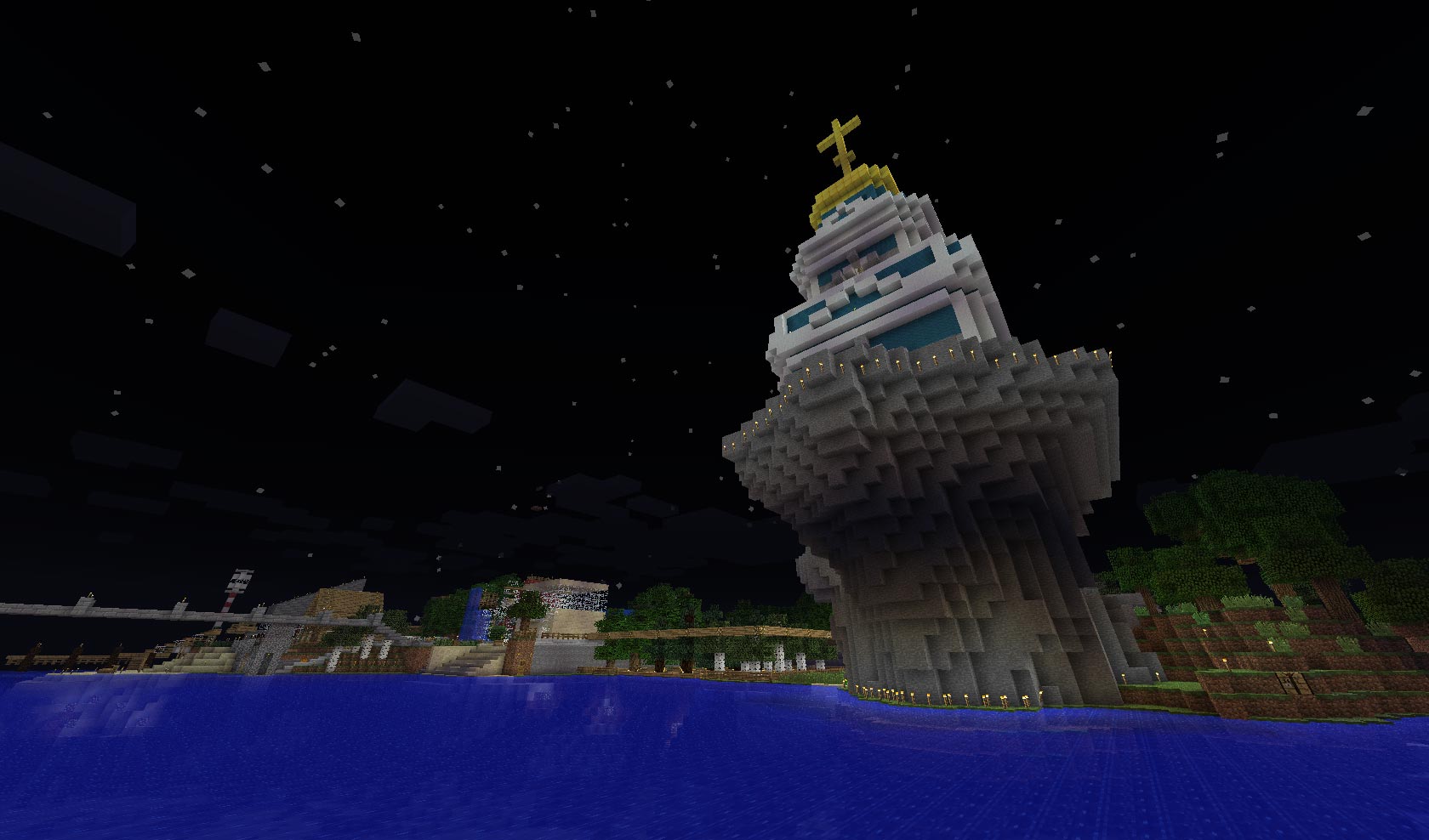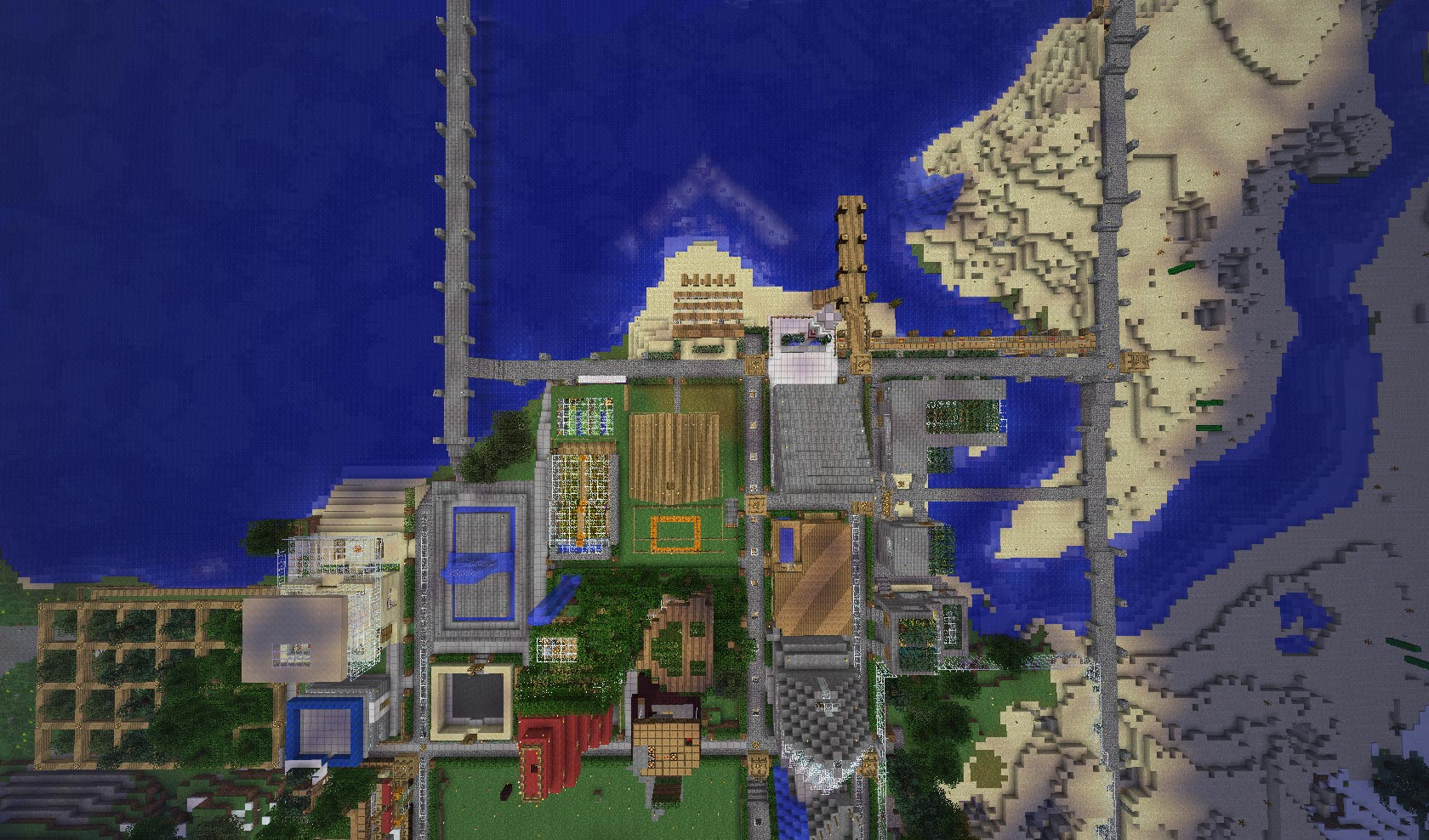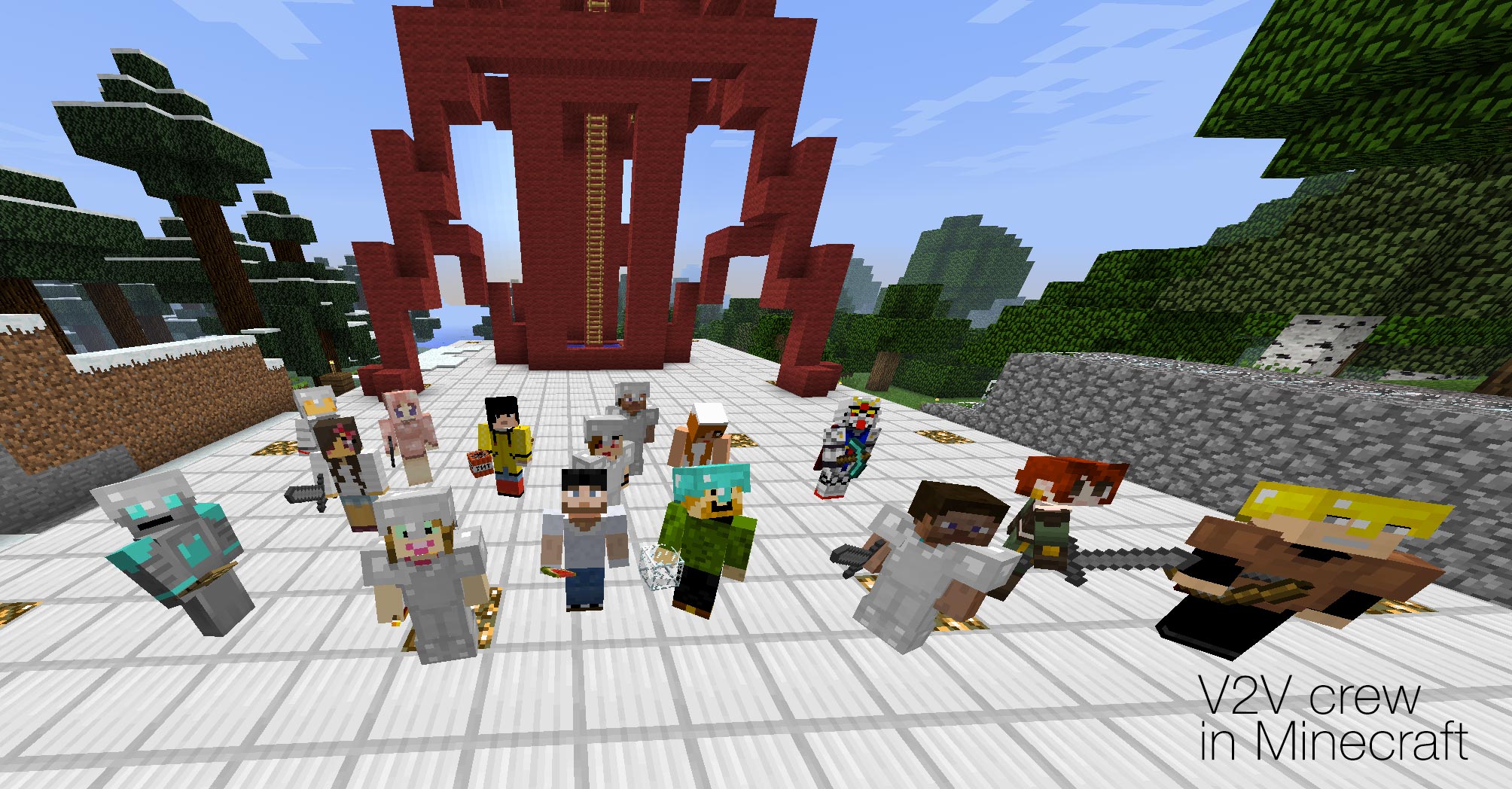V2V: Valley to Valley, a research-based art project in virtual environment
V2V is a research-based project aiming to align the similarities and differences between Silicon Valley and the prospective Titanium Valley. The project was shown at Innoprom 2012 and at both Zero1 Biennial in San Jose, California and the 2nd Ural Industrial Biennial of Contemporary Art in Yekaterinburg, Russia.
The Titanium Valley is currently a dream, a boundary space charged with intent and promise but slowed by fiscal and social realities of the Russian economy and the neighboring villages. If one were to travel to the space (at the time of this writing) one would find an empty field, recently cleared of its previous function teeming with grasses, flowers and insects, a beautiful quiet and peaceful place.
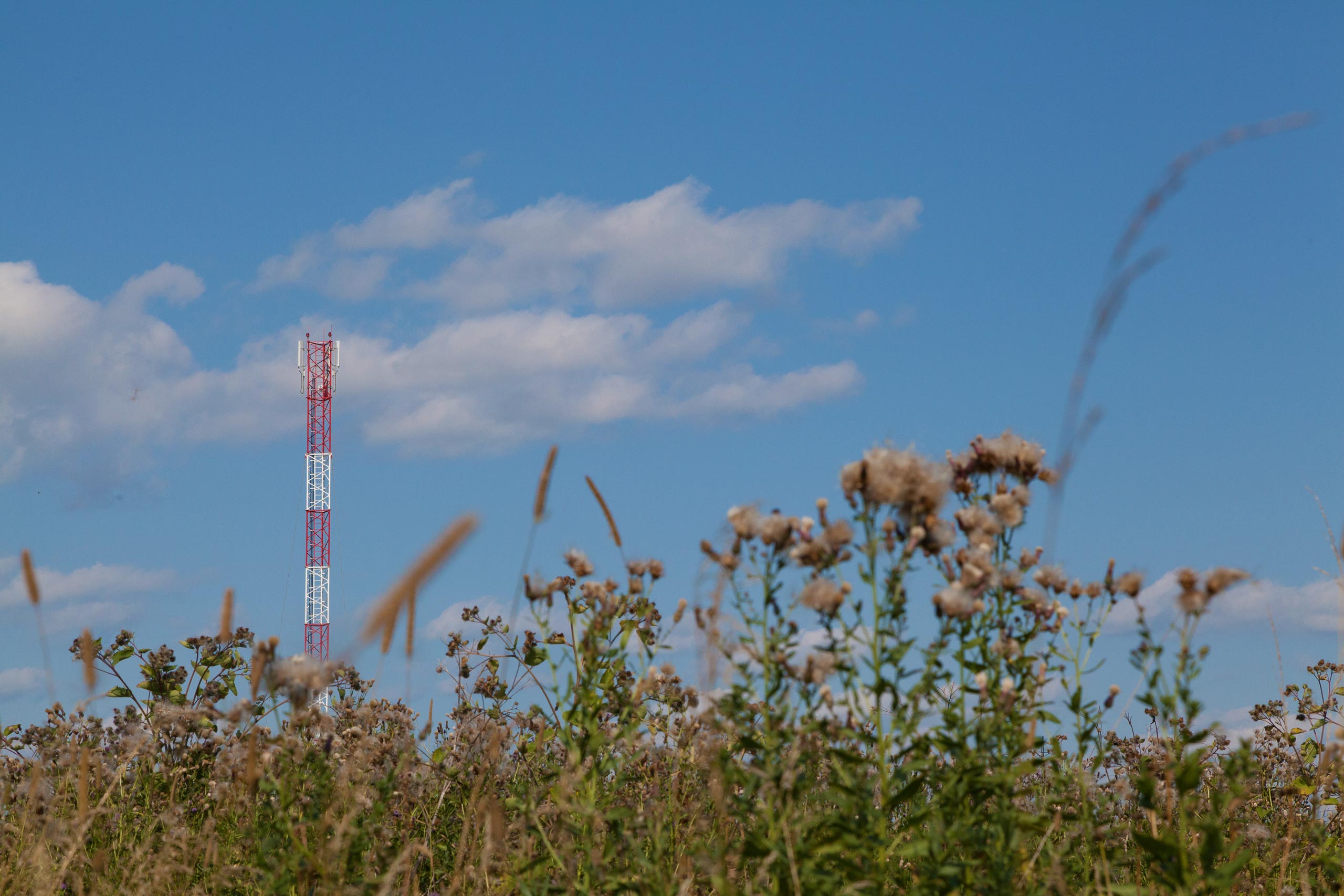
The great challenge that presents itself is this imposition of change. The local people have experienced hardship at the hands of the global economy, but have proven resilient with the help of great men in the acquisition of a good life. And though the quality of life may not be high by many standards, the people are employed, and seem content.
Half of our group are artists while the others are sociologists, historians and students of sciences who have little background in interaсtive design methodologies and critique based knowledge creation. Our Russian members speak excellent English, but are faced with challenges related the jargon that those in Silicon Valley take for granted.
Our solution was to use a game-space which presented obstacles that we could overcome together. "Survive the first night." This was each person's initial task, then build a city and a community. Our game experience morphed into a conceptual abstraction for our ideas. We found data to be a neutral medium which we could then render into multiple forms. When we saw and held the first 3D renderings of objects we had built in the virtual environment, we knew the cycle was complete.
The final fabrication of these objects will share an indelible imprint of the environment and the constraints of abstraction imposed by that space.
We were inspired both by the data and the stories that arose from this work and struggled to represent the understanding, hopes, and fears of our stakeholders, audience and the people of both regions.
